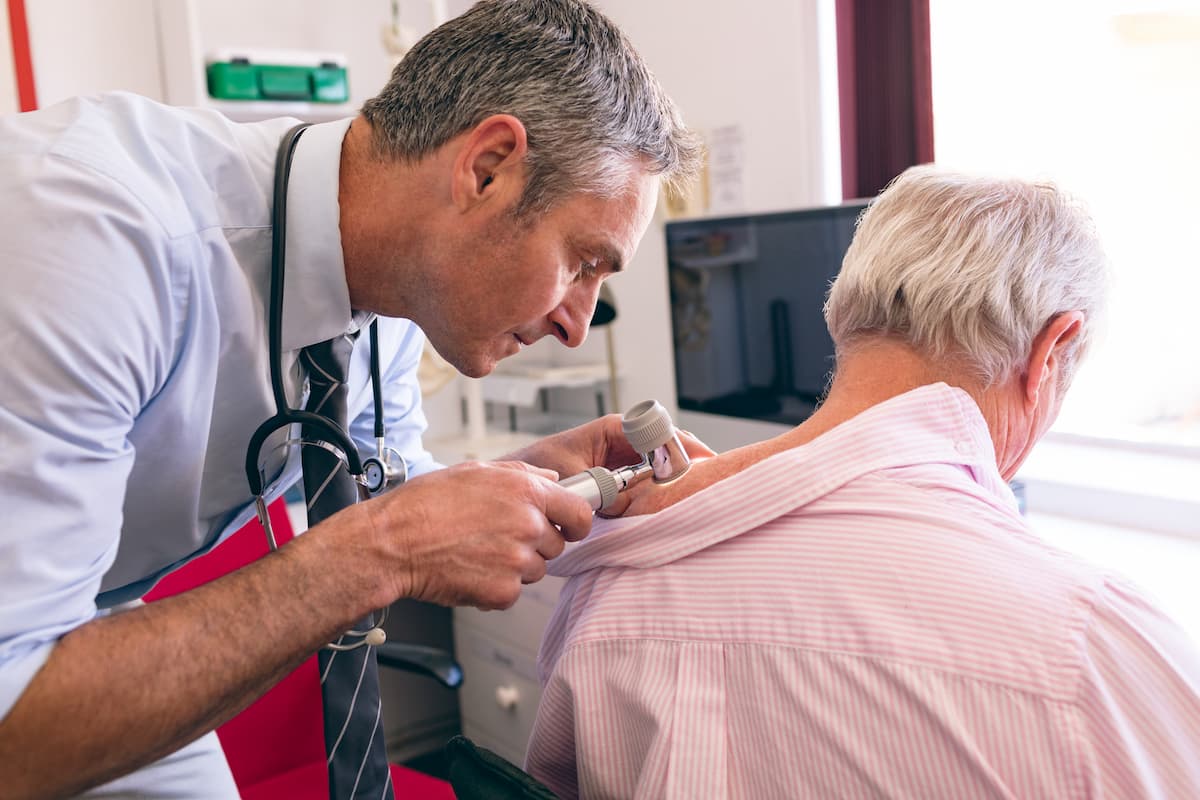Article
Industry Insight on the Challenges With Developing and Adopting Biosimilars
Author(s):
Pharmaceutical industry experts provide an overview of the highly complex biosimilar development process at The Community Oncology Conference: Innovation in Cancer Care, held in Orlando, Florida.
With a growing number of expensive biologicals entering the market across a broad range of therapeutic areas, payers and pharmacy benefit managers are exploring ways to curb the growing expense of biologicals, which sometimes cost more than 22 times that of small molecules. We now have 2 biosimilars approved in the United States: a biosimilar to filgrastim, and more recently, a biosimilar to infliximab.
While cost savings with biosimilars remain debatable, there have been questions about whether physicians and pharmacists would be able to prescribe these drugs versus the originator product. There’s also the question of acceptance by these prescribers.
At the annual meeting of the Community Oncology Alliance, a panel, The Now and Future of Biosimilars: Implications for Practice Management, discussed these issues and more. Moderated by Jim Koeller, PharmD, professor, University of Texas at Austin & the Health Science Center, participants included Earl Dye, PhD, director, Technical Regulatory Policy, Genentech; Thomas Felix, MD, director, R & D Policy, Amgen; Jim McKay, PhD, director, Clinical Development and Medical Affairs, Sandoz Biopharmaceuticals; and Sue Naeyaert, senior director Biosimilars Policy, EMD Serono. Each panelists gave an overview of different aspects of the biosimilar development process.
“What we understand is biosimilars are not generics. It needs reverse engineering back to the innovator biologic,” said Naeyaert. “Biologics are never the same, and they are very different from generics—these variabilities can occur from batch to batch production. Even slight changes in the manufacturing process, to improve the product, results in changes in the final product,” she explained.
Dye explained that the FDA created an abbreviated approval process for biosimilars. “The objective was to allow continued innovation but also allow cheaper copies of already-approved biologicals. The abbreviated approval process has lower submission requirements of pre-clinical and clinical data for FDA review,” he said, adding that submission requirements include data from analytical and pre-clinical toxicity studies of the biosimilar.
“Unlike the extensive 3-phase clinical studies required by the company that develops the innovator biological, the biosimilar developer does extensive functional comparison with the reference product and also some additional pre-clinical studies and clinical studies to show that any differences from innovator does not translate into significant clinical effect.”
Dye also indicated that biosimilar manufacturers who intend to extend the indications of their product beyond those of the reference product, the need to provide scientific justification for it.
“Biosimilar clinical studies are not designed or powered to conduct safety-efficacy studies,” according to McKay. “So the purpose of clinical studies for biosimilars is very different from that for reference product. While labels are mostly alike, slight differences may exist, such as indications for use.”
Addressing the question of interchangeability, he said it needs extra clinical data that proves that switching between the biosimilar and reference will not affect efficacy or safety in patients. Interchangeability is of course not yet allowed in the United States.
Felix, a regulatory expert, said, “Pharmacovigilance is very important for biologicals overall. Biosimilar manufacturers need the ability to analyze safety of their products. There are issues of misattribution of adverse events, where even if use of originator product declines, adverse events are attributed to the originator.” He said we need better control on this process.
He explained that naming of the follow-on products is still not clear. The FDA has released a draft naming guidance for biologicals, which indicates the need for a hyphenated suffix, but “this is still being worked on,” he said. “There is also a global discussion involving the World Health Organization for standardizing a naming approach across countries, and that too is still being finalized.”
Felix also identified challenges with coding for biosimilars with respect to reimbursement. “CMS had finalized having a fixed code for all biosimilars to a reference product. But the impact of this on the Sentinel system that monitors adverse events would be interesting to watch,” he said. “State bills are also being passed for substituting with a biosimilar product, where self-administered biosimilars can be dispensed by a pharmacist without need for approval,” he told the audience.
Koeller asked the panel to share thoughts on how would an institution switch-out a product for a biosimilar.
McKay said that it would need to be an FDA-approved product for a hospital to make that decision. “There’s clinical data, a lot from Europe, that switching the products is not a big issue,” he affirmed.
“I believe physicians should have more control on this switching,” Naeyaert said.
And with respect to physician acceptance of these biosimilar products?
Naeyaert said that acceptance is growing; she said there’s data supporting the switch by rheumatologists over the past year. “It is starting to move, but there is still a lot of education that needs to happen,” she added. “Maybe physicians have reservations to switch a patient, but they could think of starting a new patient on the biosimilar,” Dye said.




